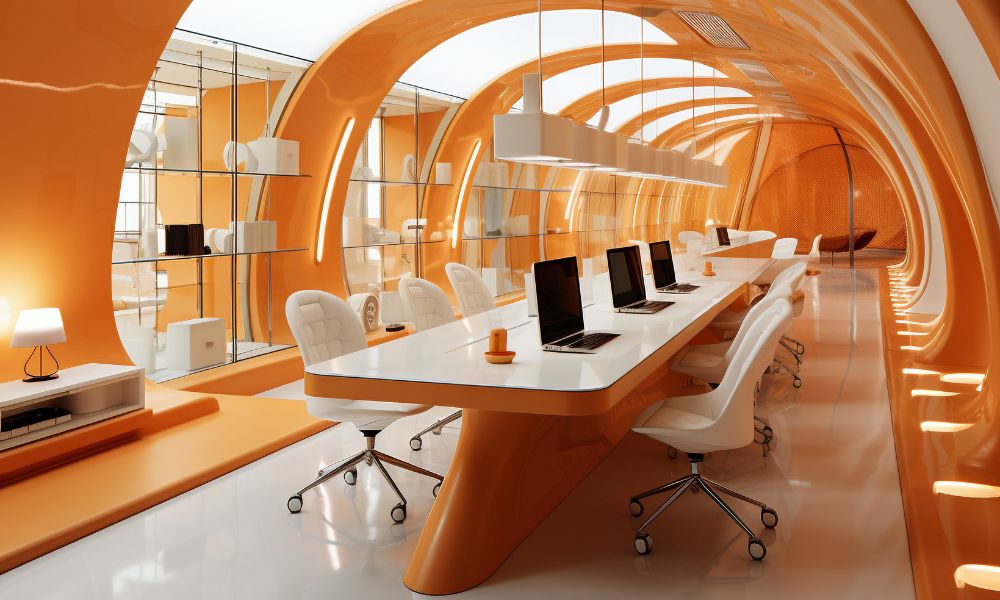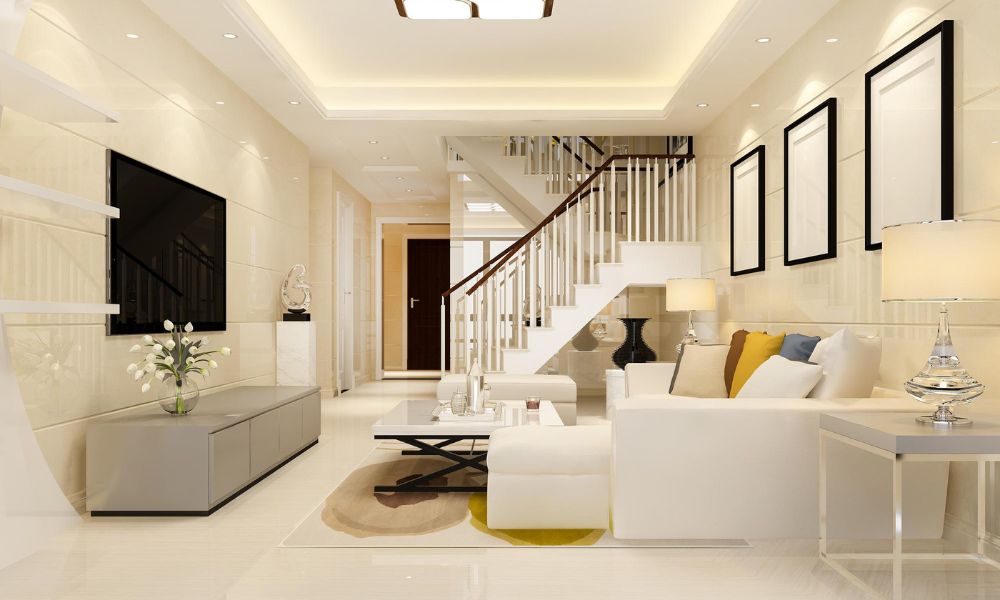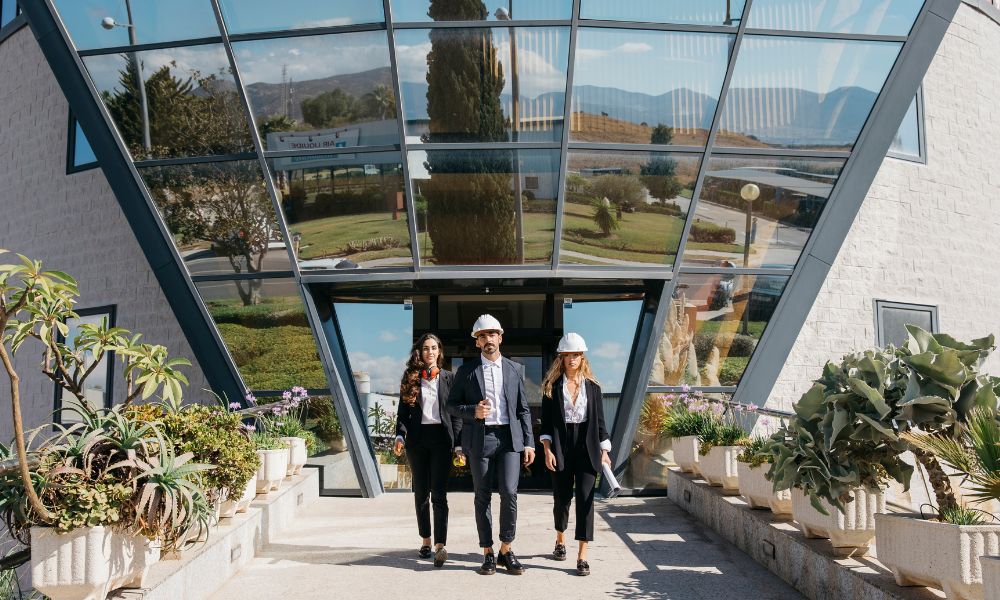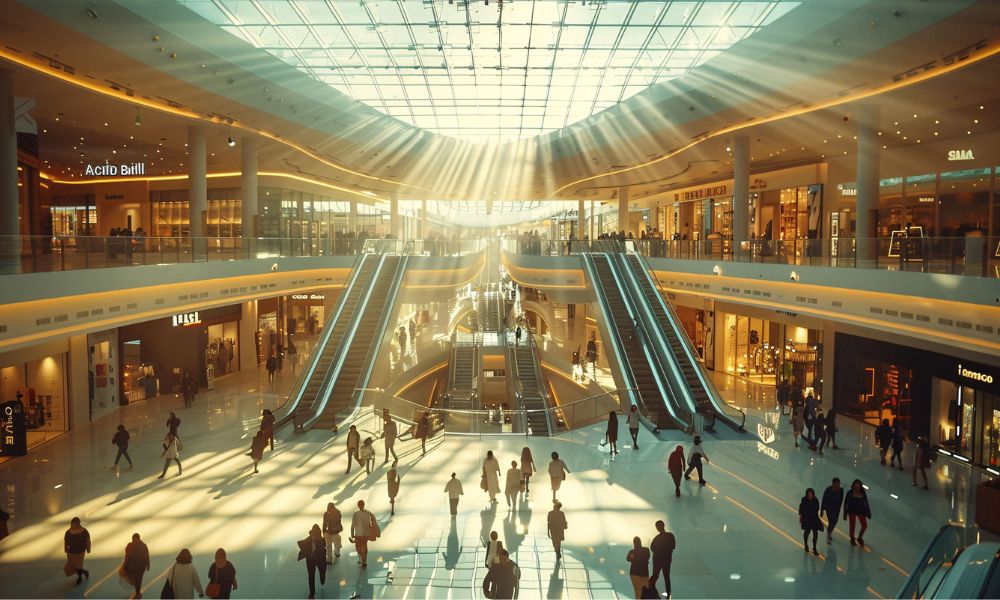Discover how sustainable architecture creates balance and wellness by blending eco-friendly design, innovation, and human-centered spaces.
The spaces we inhabit directly influence how we live, work, and feel. In today’s world of climate challenges and fast-paced lifestyles, people are searching for environments that not only meet functional needs but also nurture health and well-being. This is where sustainable architecture steps in.
By combining eco-conscious design with human-centered principles, sustainable architecture ensures that buildings are more than just structures—they become sources of balance, resilience, and wellness. From energy efficiency to natural light, sustainable design transforms spaces into sanctuaries that heal both people and the planet.
What Is Sustainable Architecture?
At its core, sustainable architecture is the practice of designing and constructing buildings that minimize environmental impact while maximizing human comfort and well-being. It focuses on:
- Reducing energy consumption.
- Using renewable and recycled materials.
- Incorporating natural light and ventilation.
- Creating spaces that enhance mental and physical health.
The goal is to design spaces that serve present needs without compromising the ability of future generations to thrive.
The Balance Sustainable Architecture Brings
Balance is about harmony—between people and nature, technology and tradition, function and beauty. Sustainable architecture provides this balance by:
- Integrating natural elements such as green roofs, gardens, and open courtyards.
- Optimizing energy systems to reduce reliance on fossil fuels.
- Designing adaptable spaces that evolve with changing lifestyles.
- Blending aesthetics and responsibility, proving that eco-friendly can also be elegant.
This harmony results in spaces that feel alive, refreshing, and deeply human.
Wellness Through Sustainable Architecture
1. Healthier Indoor Environments
Poor indoor air quality is a leading contributor to illness. Sustainable architecture addresses this with ventilation systems, toxin-free materials, and plants that naturally purify the air.
2. Natural Light and Circadian Rhythm
Large windows and skylights maximize daylight, supporting mental health, improving sleep cycles, and boosting productivity.
3. Acoustic Comfort
Noise pollution affects well-being. Sustainable design incorporates sound-absorbing materials and layouts that minimize disruptive noise.
4. Connection to Nature
Designs that bring the outdoors inside—through gardens, water features, and biophilic elements—help reduce stress and restore emotional balance.
Key Features of Sustainable Architecture
Energy Efficiency
Smart insulation, solar panels, and energy-efficient appliances reduce consumption and lower utility costs.
Water Conservation
Rainwater harvesting and low-flow fixtures ensure sustainable water use.
Material Selection
Reclaimed wood, recycled steel, and bamboo are eco-friendly and durable.
Smart Technology Integration
Automated lighting and climate systems ensure comfort without wasting resources.
These features make sustainable architecture not just functional but future-ready.
The Role of Renovation in Sustainable Architecture
Sustainability is not limited to new construction. Renovating existing structures is equally impactful:
- Upgrading insulation reduces energy use.
- Installing modern HVAC systems improves air quality.
- Retrofitting with solar panels lowers carbon footprints.
- Reusing materials preserves resources.
Renovation allows older buildings to embrace the values of sustainable architecture while preserving their cultural essence.
Case Studies: Wellness Through Design
Healing Hospitals
Hospitals designed with natural light, green courtyards, and efficient ventilation have shown faster patient recovery rates—an example of sustainable architecture at work.
Eco-Friendly Homes
Residences that integrate rainwater systems, rooftop gardens, and solar energy not only reduce costs but also improve family well-being.
Community Spaces
Parks, schools, and community centers designed with sustainability principles encourage social connections and healthier lifestyles.
Challenges in Implementing Sustainable Architecture
While powerful, sustainable design faces hurdles:
- Higher initial investment – Though long-term savings balance costs.
- Knowledge gaps – Not all builders and clients understand its benefits.
- Material availability – Eco-friendly materials may be harder to source.
- Policy and regulation – Inconsistent building codes can slow adoption.
Despite challenges, the growing demand for eco-conscious living ensures that sustainable architecture will continue to expand globally.
Tips for Achieving Balance and Wellness Through Design
- Start with natural light – Prioritize window placement and skylights.
- Choose eco-friendly materials – Reduce toxins and support longevity.
- Incorporate greenery – Plants improve air and emotional well-being.
- Invest in insulation and energy systems – Save money and resources.
- Think long-term – Design adaptable, future-proof spaces.
The Future of Sustainable Architecture
Tomorrow’s cities will be smarter, greener, and more human-centered. Trends include:
- Net-zero energy buildings powered entirely by renewables.
- Biophilic design integrating nature into every structure.
- Circular economy practices with fully recyclable materials.
- Smart health monitoring systems embedded in buildings.
The future of sustainable architecture is not just about construction—it’s about creating environments that protect both humanity and the planet.
Architecture has always shaped human life, but now it carries an even greater responsibility. By blending balance, beauty, and eco-consciousness, architecture creates spaces that promote wellness for people while safeguarding resources for generations to come.
If you’re ready to embrace design that heals, inspires, and sustains, now is the time to invest in sustainable architecture. Together, we can build a healthier, more balanced world—one space at a time.




